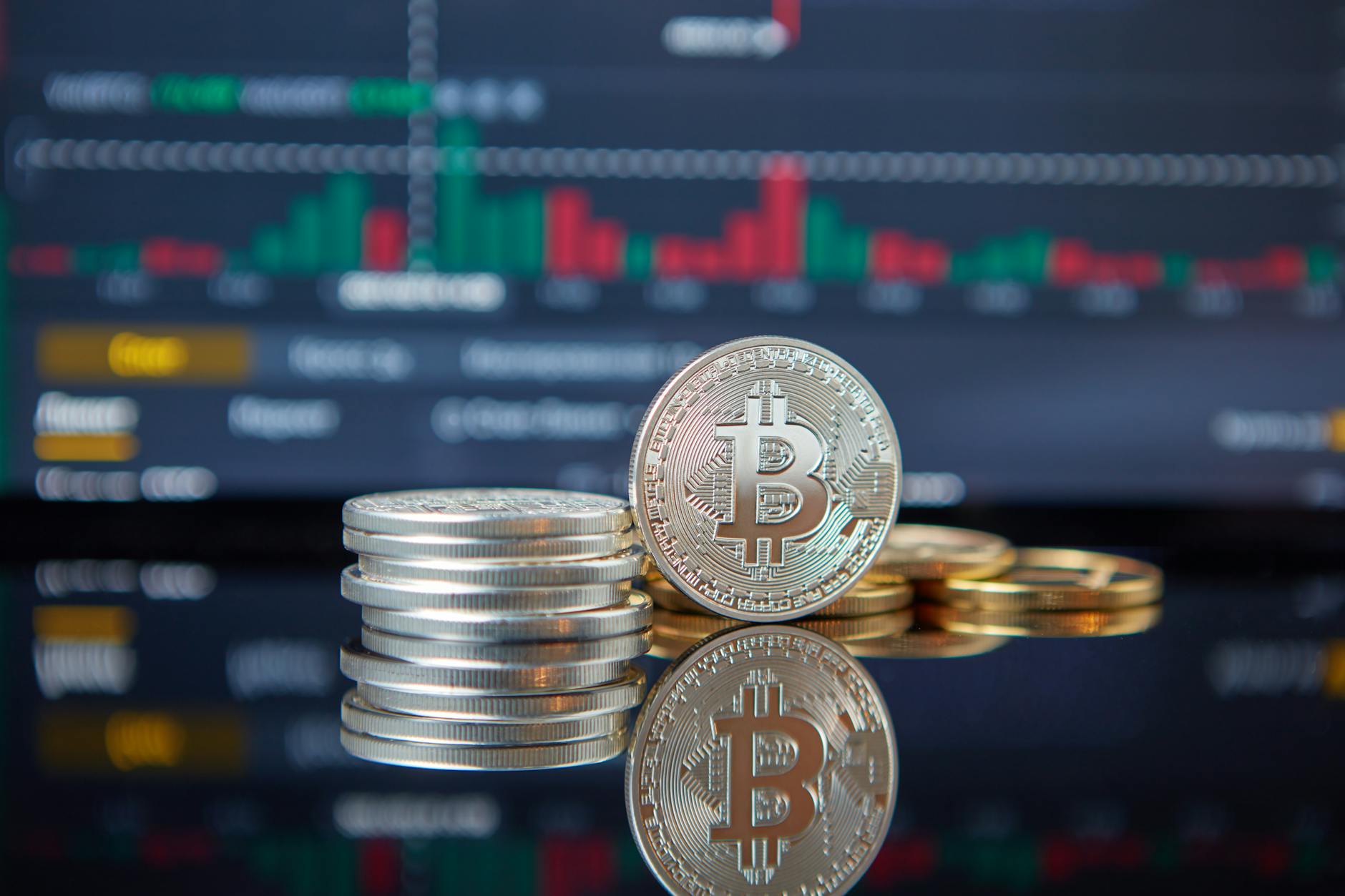Forget everything you knew about Bitcoin's four-year market cycles. According to K33, that model is as outdated as dial-up internet. Recent movements in the crypto market suggest we've entered an era where traditional predictors might as well be tossed out the window. It's bold, it's brash, and it might just be true. The theory posits a significant shift, spurred by increased institutional adoption and evolving global policies. As The Block reports, this groundbreaking stance might redefine how investors and regulators approach Bitcoin.
So, what's driving this seismic shift? At its core, the argument hinges on the influx of institutional money into Bitcoin. Unlike retail investors, institutions play the long game - they're less swayed by short-term fluctuations and more by long-term value. This steadier source of capital could be damping the wild ride Bitcoin is known for. Moreover, the growing interest in Bitcoin from entities like pension funds and major corporations is not just casual flirting. These are commitments that could reshape the market's dynamics and liquidity fundamentally.
Policy changes are also a significant factor. Around the globe, governments and regulators are moving from a stance of wary skepticism to cautious acceptance and regulation. This shift towards formalization lends Bitcoin and other cryptocurrencies a legitimacy that was arguably lacking before, drawing even more conservative investors into the crypto sphere.
The implications of these shifts are profound. If Bitcoin has truly decoupled from its past market behaviors, this calls for a reevaluation of many investment strategies. Risk assessments, portfolio compositions, and even regulatory frameworks might need overhauls to align with this new reality. Moreover, it suggests that Bitcoin’s price movements might become less predictable, more mature, and possibly aligned more closely with traditional assets.
Yet, skepticism of such a sweeping theory is warranted. Decades of financial observation tell us that new patterns often promise to break the old, yet frequently fall into line with fundamental market forces. Could K33's assertion be another such temporary anomaly, or is it indeed the dawn of a new financial epoch? Only time will tell, but ignoring such possibilities could be as risky as embracing them without question.
For fintech enthusiasts and investors alike, it's vital to stay informed and adaptable. As cryptocurrencies potentially move into a phase of new market dynamics, staying ahead means understanding not just where the market is now, but where it's headed. And if you're navigating the crypto payment sphere, staying abreast of these trends is crucial, especially when considering solutions for payments using crypto.
As we watch Bitcoin's journey, the only certainty is the uncertainty - a characteristic that has both allured and alarmed investors since its inception. Whether K33’s prediction pans out or not, the debate itself will surely fuel further analysis and, perhaps, innovation in market strategy.



